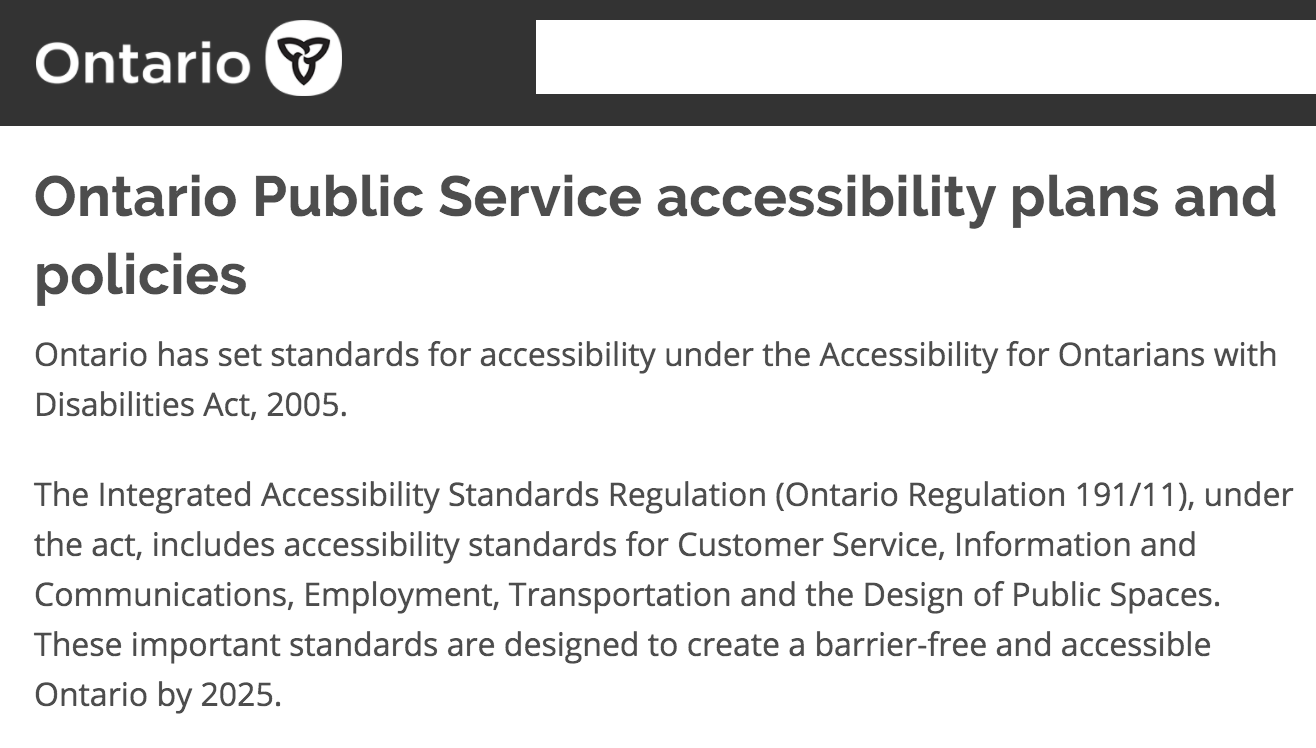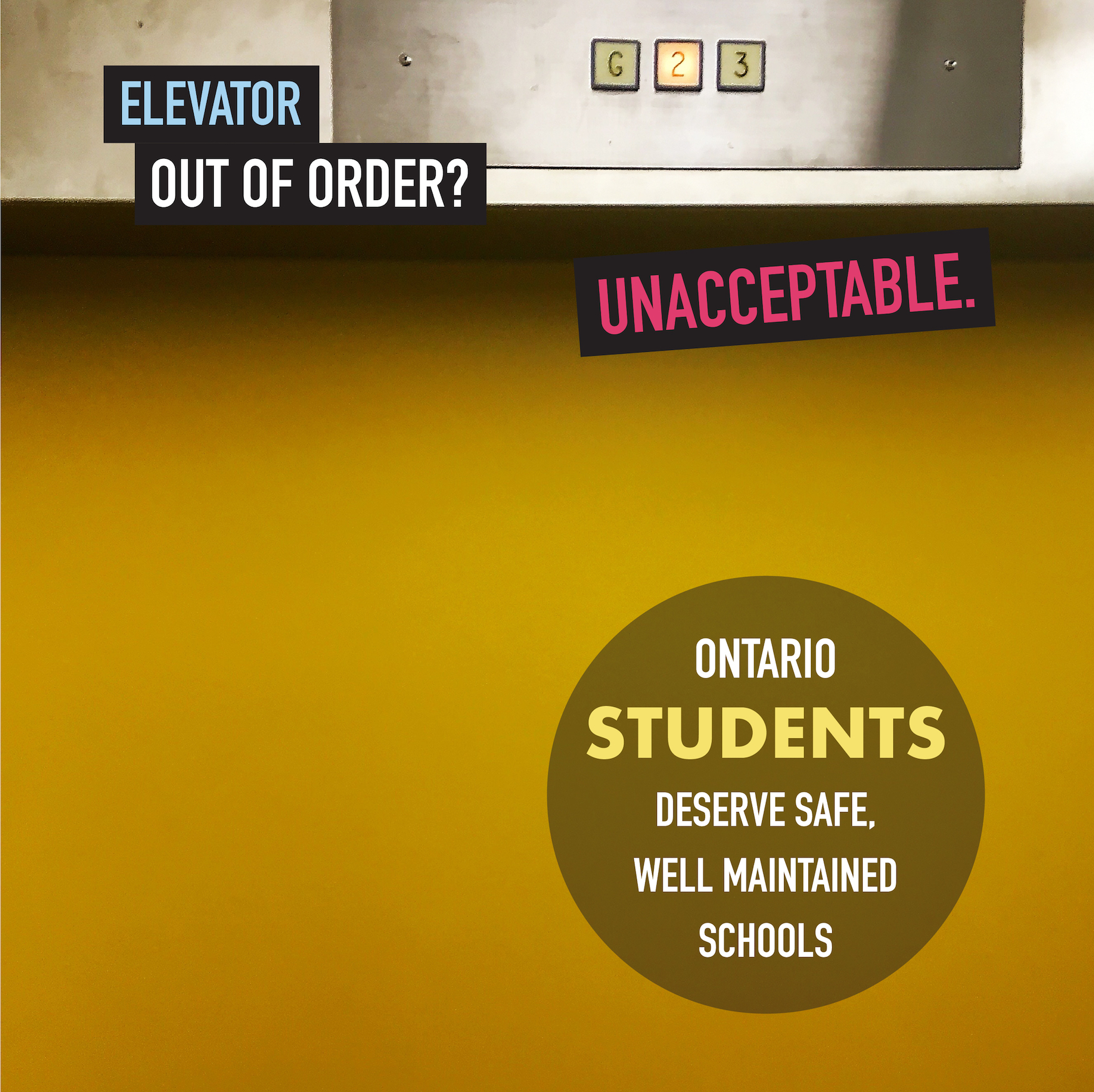|
LOCATION
|
SCHOOL BOARD
|
PROJECT NAME
|
PROJECT TYPE
|
|
Ajax
|
Durham DSB
|
Unnamed Elementary School – Ajax North
|
New school with one EarlyON room
|
|
Alliston
|
Simcoe Muskoka Catholic DSB
|
Unnamed Catholic Elementary School
|
New school with 49 child care spaces
|
|
Almonte
|
Catholic DSB of Eastern Ontario
|
Holy Name of Mary Catholic School
|
Addition with 63 new child care spaces
|
|
Ancaster
|
Hamilton-Wentworth DSB
|
Ancaster Senior Public School
|
Addition
|
|
Ancaster
|
Hamilton-Wentworth DSB
|
C.H. Bray Public School
|
New school
|
|
Atikokan
|
Rainy River DSB
|
Atikokan High School
|
Addition with 49 new child care spaces and one new EarlyON room
|
|
Beaverton
|
Durham DSB
|
Beaverton Public School
|
New school with 49 child care spaces and one EarlyON room
|
|
Belleville
|
Algonquin and Lakeshore Catholic DSB
|
St. Joseph Catholic School
|
Addition
|
|
Belleville
|
Hastings and Prince Edward DSB
|
Moira Secondary School
|
Addition
|
|
Belleville
|
Hastings and Prince Edward DSB
|
Queen Elizabeth Public School
|
New school
|
|
Blind River
|
Algoma DSB
|
Unnamed JK-12 School
|
New school with 64 child care spaces and two EarlyON rooms
|
|
Bradford
|
Simcoe County DSB
|
Unnamed Elementary School – Bradford North
|
New school with 39 child care spaces
|
|
Brampton
|
Dufferin Peel Catholic DSB
|
Holy Name of Mary Catholic Secondary School
|
Addition
|
|
Brampton
|
Peel DSB
|
Unnamed Elementary School – Vales of Humber
|
New school with 73 child care spaces and one EarlyON room
|
|
Burlington
|
Halton DSB
|
Nelson High School
|
Addition
|
|
Burlington
|
Halton DSB
|
M.M. Robinson High School
|
Addition
|
|
Caledon
|
Dufferin Peel Catholic DSB
|
St. Cornelius Elementary School
|
Addition
|
|
Cambridge
|
CSC MonAvenir
|
École secondaire catholique Père-René-de-Galinée
|
Addition
|
|
Chatham
|
Lambton Kent DSB
|
Tecumseh Public School
|
Renovation
|
|
Cornwall
|
Catholic DSB of Eastern Ontario
|
St. Joseph Catholic Secondary School
|
Renovation
|
|
Etobicoke
|
Toronto Catholic DSB
|
Holy Angels Catholic School
|
New school with 88 child care spaces
|
|
Etobicoke
|
Toronto DSB
|
Kipling Collegiate Institute
|
Renovation with 88 new child care spaces
|
|
Forest
|
Lambton Kent DSB
|
Unnamed JK-12 School
|
New school with 24 child care spaces and two EarlyON rooms
|
|
Gloucester
|
CSD catholique du Centre-Est de l’Ontario
|
Unnamed Catholic Elementary School – Riverside South
|
New school with 49 child care spaces
|
|
Guelph
|
Upper Grand DSB
|
Unnamed Secondary School – Guelph South
|
New school
|
|
Hamilton
|
Hamilton-Wentworth Catholic DSB
|
St. Patrick Catholic Elementary School
|
New school with two EarlyON rooms
|
|
Hawkesbury
|
CSD des écoles publiques de l’Est de l’Ontario
|
École élémentaire publique Nouvel Horizon
|
Addition with 15 new child care spaces
|
|
Hearst
|
CSD du Nord-Est de l’Ontario
|
École publique Passeport Jeunesse
|
Purchase of new school facility
|
|
Kincardine
|
Bruce-Grey Catholic DSB
|
St. Anthony Catholic Elementary School
|
Addition with 78 new child care spaces
|
|
Kingston
|
Algonquin and Lakeshore Catholic DSB
|
Unnamed Catholic Elementary School – Kingston West
|
New school with 73 child care spaces and three EarlyON rooms
|
|
Kingston
|
CSD catholique du Centre-Est de l’Ontario
|
École secondaire catholique Marie-Rivier
|
New school with 49 child care spaces
|
|
Kingston
|
CSD des écoles publiques de l’Est de l’Ontario
|
École secondaire publique Mille-Îles
|
New school
|
|
Kitchener
|
Waterloo Region DSB
|
Unnamed Elementary School – Huron South
|
New school with 88 child care spaces and three EarlyON rooms
|
|
Leamington
|
Greater Essex County DSB
|
Queen Elizabeth Public School
|
Addition with 73 new child care spaces and two EarlyON rooms
|
|
Listowel
|
Huron-Perth Catholic DSB
|
St. Mary’s Catholic School
|
Addition with 64 new child care spaces and one EarlyON room
|
|
London
|
London District Catholic School Board
|
Unnamed Catholic Elementary School
|
New school
|
|
London
|
London District Catholic School Board
|
St. Bernadette Catholic School
|
Addition
|
|
London
|
Thames Valley DSB
|
Unnamed Elementary School – Southeast London
|
New school with 88 child care spaces
|
|
London
|
Thames Valley DSB
|
Masonville Public School
|
Addition
|
|
London
|
Thames Valley DSB
|
Tweedsmuir Public School
|
Addition
|
|
Madoc
|
Hastings and Prince Edward DSB
|
Centre Hastings Secondary School
|
Addition
|
|
Markdale
|
Bluewater DSB
|
Beavercrest Public School
|
New school with 39 child care spaces and two EarlyON rooms
|
|
Markham
|
York Catholic DSB
|
St. Francis Xavier Catholic Elementary School
|
Renovation
|
|
Markham
|
York Region DSB
|
Unnamed Elementary School – Cornell
|
New school with 39 child care spaces
|
|
Milton
|
Halton Catholic DSB
|
Bishop P.F. Reding Catholic Secondary School
|
Addition with 64 new child care spaces
|
|
Milton
|
Halton DSB
|
Unnamed Elementary School
|
New school with 88 child care spaces
|
|
Mississauga
|
Peel DSB
|
Unnamed Elementary School – City Centre
|
New school with 73 child care spaces and one EarlyON room
|
|
Nepean
|
Ottawa Catholic DSB
|
St. Joseph High School
|
Addition
|
|
Niagara Falls
|
DSB of Niagara
|
Forestview Public School
|
Addition with 49 new child care spaces
|
|
North Bay
|
Near North DSB
|
Fricker Public School
|
New school with 73 child care spaces and one EarlyON room
|
|
North Grenville
|
Upper Canada DSB
|
North Grenville PS
|
Addition
|
|
North York
|
Toronto Catholic DSB
|
St. Matthias Public School
|
New school with 88 child care spaces
|
|
North York
|
Toronto Catholic DSB
|
St. Margaret Catholic School
|
Addition to create 49 new child care spaces
|
|
North York
|
Toronto DSB
|
Sir Sandford Fleming Public School
|
Renovation with 88 new child care spaces
|
|
North York
|
Toronto DSB
|
Hollywood Public School
|
Addition with 64 new child care spaces
|
|
Oakville
|
CSC MonAvenir
|
École secondaire catholique Sainte-Trinité
|
Addition
|
|
Oakville
|
Halton Catholic DSB
|
St. Michael Catholic Elementary School
|
Addition with 49 new child care spaces
|
|
Oakville
|
Halton DSB
|
Unnamed Elementary School – Oakville Northeast
|
New school with 88 child care spaces
|
|
Omemee
|
Trillium Lakelands DSB
|
Scott Young Public School
|
Addition with 49 new child care spaces and one EarlyON room
|
|
Orillia
|
Simcoe Muskoka Catholic DSB
|
Notre Dame Catholic School
|
Addition
|
|
Oro-Medonte
|
Simcoe County DSB
|
Unnamed Elementary School
|
New school with one EarlyON room
|
|
Ottawa
|
Ottawa-Carleton DSB
|
Elmdale Public School
|
Addition
|
|
Renfrew
|
Renfrew County Catholic DSB
|
St. Joseph High School
|
Addition with 73 new child care spaces and one EarlyON room
|
|
Sarnia
|
St. Clair Catholic DSB
|
Sacred Heart Catholic School
|
New school with 88 child care spaces
|
|
Stittsville
|
Ottawa-Carleton DSB
|
Unnamed Secondary School
|
New school
|
|
Stoney Creek
|
Hamilton-Wentworth DSB
|
Mount Albion Public School
|
Addition with 49 new child care spaces
|
|
Thorold
|
DSB of Niagara
|
Richmond Street Public School
|
Addition
|
|
Thorold
|
Niagara Catholic DSB
|
Monsignor Clancy Catholic School
|
Addition with 49 new child care spaces
|
|
Toronto
|
Conseil scolaire Viamonde
|
Unnamed Secondary School – Toronto East
|
New school
|
|
Toronto
|
Toronto DSB
|
Unnamed JK-12 School (more details to follow)
|
New project with 64 new child care spaces and one EarlyON room
|
|
Troy
|
Hamilton-Wentworth DSB
|
Beverly Central Community Centre Public School
|
Addition
|
|
Vaughan
|
CSC MonAvenir
|
Unnamed Catholic Secondary School Vaughan
|
New school
|
|
Vaughan
|
York Region DSB
|
Unnamed Elementary School – Maple
|
New school with 39 child care spaces
|
|
Wasaga Beach
|
Simcoe County DSB
|
Wasaga Beach Public School
|
New school with three EarlyON rooms
|
|
Whitby
|
Durham Catholic DSB
|
St. Marguerite D’Youville Catholic School
|
New school with 24 child care spaces and one EarlyON room
|
|
Whitby
|
Durham DSB
|
Unnamed Elementary School
|
New school with 73 child care spaces and one EarlyON room
|
|
Windsor
|
Greater Essex County DSB
|
Unnamed Elementary School
|
New school with 73 child care spaces
|
|
York
|
Toronto DSB
|
Dennis Avenue Community School
|
New school with 88 child care spaces
|
|
York
|
Toronto DSB
|
George Syme Community School
|
Addition with 88 new child care spaces
|







